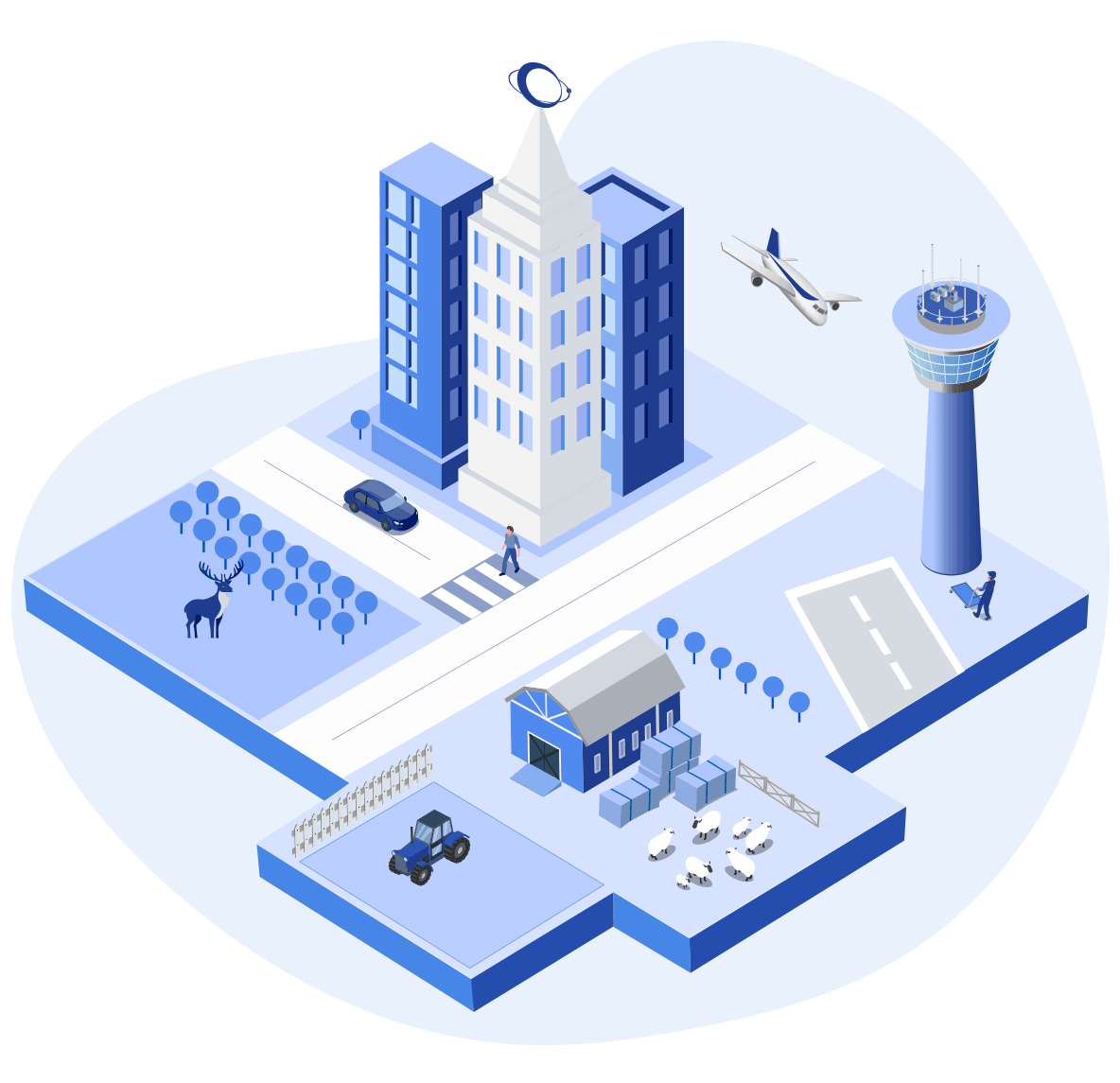Data Labeling Services
Our vision is to provide a fully integrated platform where annotators can find tasks and companies can post tasks. Additionally, people can upload their annotated datasets and trade them.
Labeling Tool
Fast and user-friendly mobile labeling tools for your training data. By going mobile a big variety of labelers can quickly be reached
Labeling as a service
You don't have the inhouse capacity for labeling? We connect you with the right partners and setup the annotation service
Your advantages with our platform
Our data plaform serves as a intermediary for labelled data. We define three usecases on the platform: First, companies buy either prelabeled data, let them annotate by the annotation crowd or let the crowd make the data gathering for them. Second, Companies take the labeling solution and use it internally. Third, the annotation crowd create their own datasets by using their smartphones. If the data is used they get rewarded.
Annotation Services
If you have a lot of data but no ressources for annotation we provide complete annotation services with guaranteed quality
Team Collaboration
Teams can work interdisciplinary, comment on mistakes or define benchmarks for the annotation tasks
Analytics
Control your workflow and view statistics of your annotation project
Machine Learning Procedure
The machine learning procedure can be roughly divided into several steps. Namely data creation, data modeling, and model application. Obviously, the sections can be divided into several sub-sections. To keep the complexity low, we approach the topics top-down, explained followingly.

1. Data Creation
In the first step, data gets initially created by transforming real-world information into digital data points. Every data point is nothing else than a digital representation of the real world. Therefore, sensors or terminals are used to create data points. To bring value to the data point, it gets annotated with additional information such as a description of an image. Data can also be collected from various sources (e.g. websites, apps) to achieve the same results.
The following process steps are included:
- Data Creation / Data Collection
- Data Annotation
2. Data Modeling
In a second step, a machine learning model that fits best the data will be chosen. Once the model is selected, the data is fed into the model and its weights are trained. The model parameters are fine-tuned until the accuracy meets the requirements. In addition, the model can be optimized regarding aspects such as the size of the model.
The following process steps are included:
- Model Evaluation
- Model Training
- Model Tuning
- Model Optimization


3. Model Application
In the last step, the model will be implemented into a real-world application. The implementation will be executed into pre-built elements or specifically created for the customer. It makes sense to create an active learning mechanism to improve the machine learning model continuously.
The following process steps are included:
- Model Implementation
- Application Usage
- Feedback Improvements